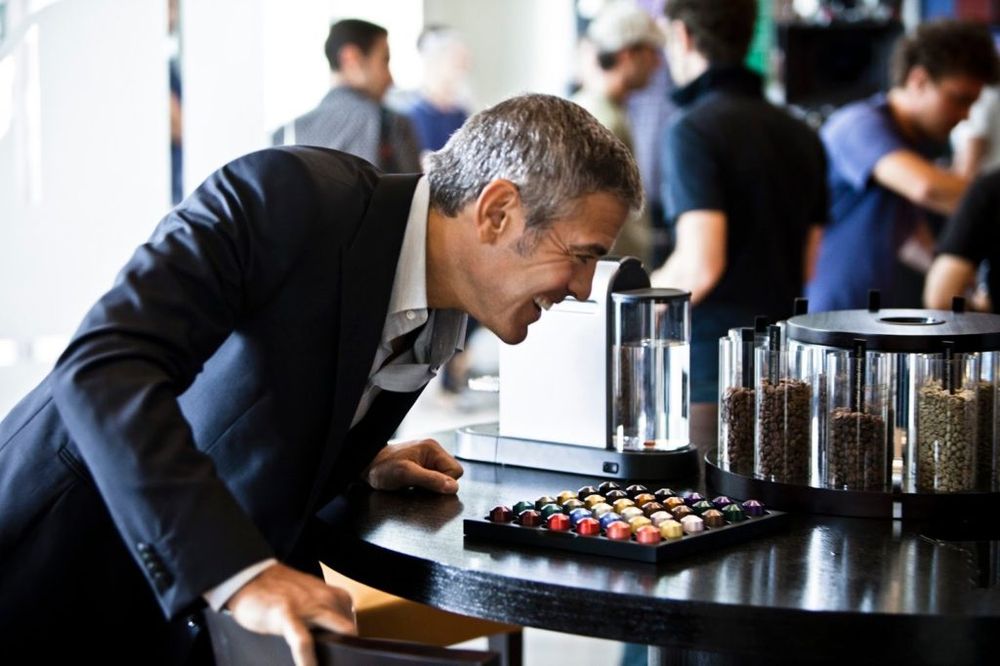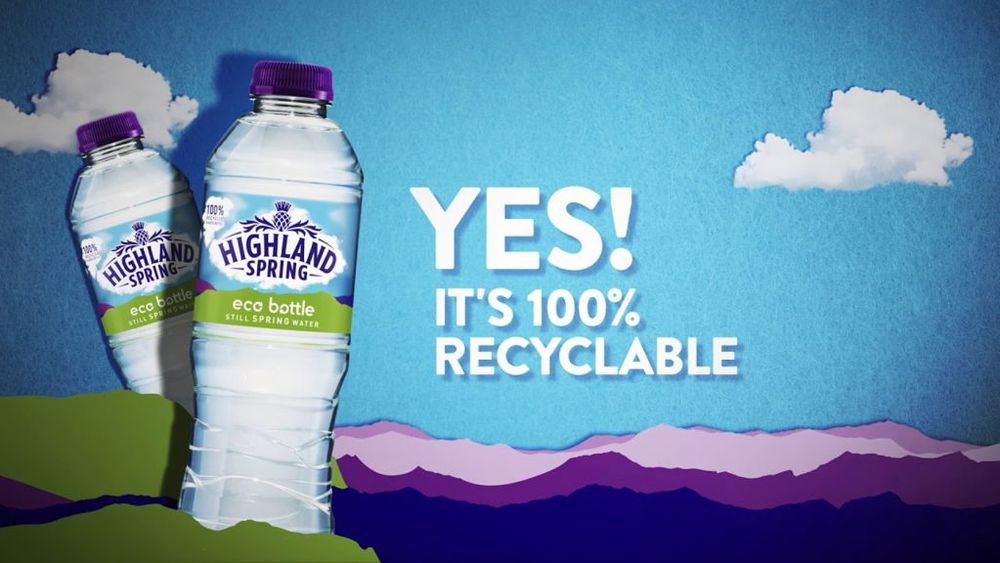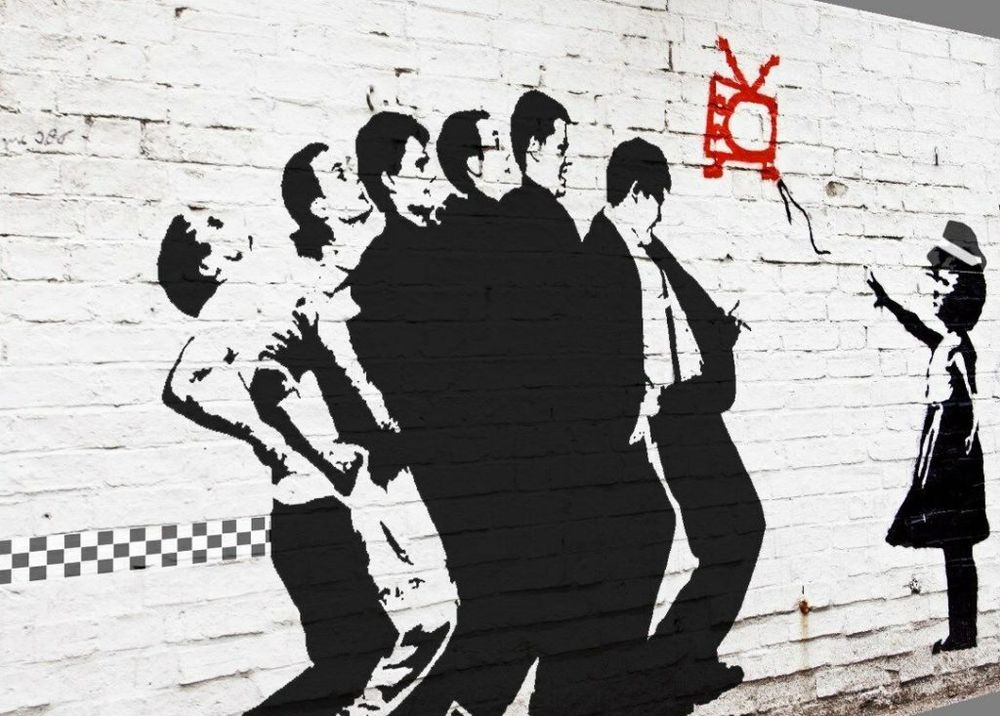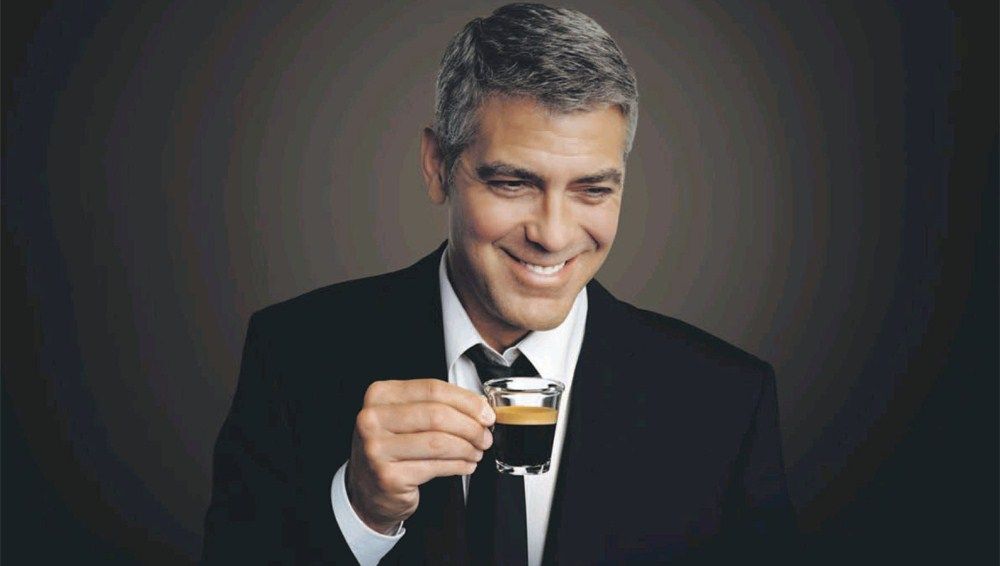James Harmer of Touch Design is one of the many speakers who work outside the drinks industry who will be sharing their expertise working in other sectors at The One Step Beyond conference that takes place in London on March 5.
Other than the obvious, can you explain the value of a good packaging design company like yourselves?

James Harmer at Touch Design believes it is vital good design and packaging is 100% part of the production process
Touch is an innovation agency with a focus on packaging. Design is a key part of the process in developing new innovation(s), but we have research facilities and spend lots of time helping clients consider the right approach and strategy for packaging up front. This often gets us involved in considering product and NPD as well, driven by the pursuit of delivering products in ways that really work for the consumer and are commercially advantageous for the businesses we work with.
Sustainability has become a major part of the focus for obvious reasons. About 80% of all the innovation work we do is with the view to a more sustainable solution for our client partners. This often means thinking about new ways of getting products to the consumer vs straight forward packaging design changes.
You talk about looking to “join the dots between insight, innovation, design and manufacture”. Can you explain in more detail what you mean by that?
These disciplines have been siloed in the past and are often the remit of independent agencies. The USP for Touch is that we join all of these disciplines together. The vital final step between design and manufacture is where things can often go wrong. Our designers are well seasoned industrial designers, so when we develop a concept, even at a sketch level, we are already thinking about how it can be made.
Does the real issue come back to the customer, the brand owner or producer really understanding what it is they want from packaging and design?
Often it does. The drinks industry is stuck with innovation that is based around the fact that bottles have been a ‘go to’ format for drinks and no one seems to be able to think outside of this particular box. When innovation occurs, it’s often at a novelty level, or it’s a cost engineering exercise. For example, putting wine in a pouch or a can makes it hard to over come the semiotics of carbonated soft drinks or cheap cocktails vs the heritage of glass.

The new recyclable packaging design for Haagen Dazs was one of Touch’s latest projects
But what we need to identify is what consumers are struggling with or what’s preventing businesses succeeding or generating effciencies in the supply and value chain.
Froglet is a nice example of an innovation that tried to carry through the conventions of wine semiotics and helped retain a premium feel, but didn’t really respond to the ‘on-the-go’ scenario consumers were using it in.
So, as Henry Ford said: “If I had asked consumers what they wanted they would have said faster horses”. It’s up to innovators to move from horses to cars, to really meet the needs of consumers with invention that changes the paradigm.

Ah that’s what in those pods! Nespresso, helped by George Clooney, has transformed how so many people now drink and make their coffee
In the case of FMCG, this happens when something has a very different angle on a conventional format or category to make a new one – such as Nespresso and coffee. Wine is still waiting for its Nespresso moment…
You work across different sectors. Can you give a couple of case studies to show the kind of project work you do?
We have worked across many sectors and brands. As you can appreciate we sign an NDA with all of our clients and therefore cannot disclose in detail what we are currently working on.
We will elaborate on some of these initiatives in more detail as part of our presentation at the One Step Beyond conference in March, but we can’t disclose the company names in any material we share ahead of the conference.

The Highland Spring Eco bottle is another Touch Design project
How about wine? There is a lot of talk in wine about innovation but it is hard to really see or deliver true innovation. What do you see as the big areas of opportunity?
There are a wealth of untapped opportunities in wine which again we will go through at One Step Beyond.
But one of the biggest areas is with a universal deposit return scheme (DRS) that all brands and manufacturers across the globe could work with. This might not sound very innovative, but the systems innovation in having a DRS that all wine producers, retailers and consumers could invest in, would have a huge impact on carbon footprint vs any other FMCG industry using glass.
After all in the next three to five years, it’s not impossible to think all wine producers will have to move to new ways of bottling wine. So we are looking at commercially viable sustainable innovations that could be managed within existing manufacturing footprints.
What will your One Step Beyond talk cover?

The One Step Beyond conference being organised by The Buyer and Sophie Jump looks to tackle the big changes in consumer behaviour and technology on drinks
We shall look at the changing landscape for retailers and consumers based on the new era we are facing. Our key themes will include:
- Sustainability: What do we really mean when we talk about “sustainability”.
- Hype vs real consumer attitudes. The commitments we need to have if we are going to introduce meaningful change.
- The elephant in the room (Carbon vs plastic).
- The new era we are moving into and how scientists and innovators are defining movements from the brown to the green economy.
- What we can expect and the mega trends impacting life styles as a result.
- How packaging is a problem, but it could become a key facilitator for positive change in the future.
- Category revolution: How does all of this apply to the wine category?
- What do we envisage in the medium to long term in terms of packaging technologies that could radically change the market.
- A look at some of the exciting innovations emerging /with potential in premium wine and spirit
Are there any other wider issues around packaging and design that we need to be aware of? Plastic is so much under the spotlight now, what’s next on the naughty step?
Glass is definitely going to get a ‘telling off’ if we can’t find a way to reduce the energy intensity recycling glass. Which is why a returnable system is the ideal scenario.
Ultimately all packaging is on the naughty step right now! That’s got less to do with the packaging and more to do with irresponsible usage and a lack of coherent recycling systems to move to a circular approach vs seeing packaging as waste material at the end of its life.
We need to revolutionise packaging to be circular in nature and get more value from (all) the materials we are using.































